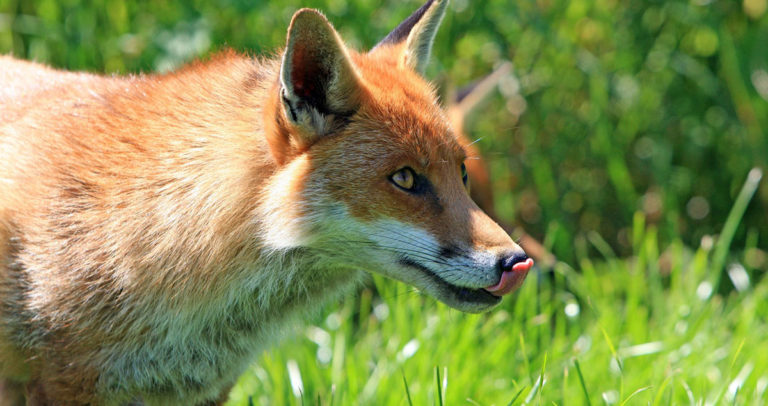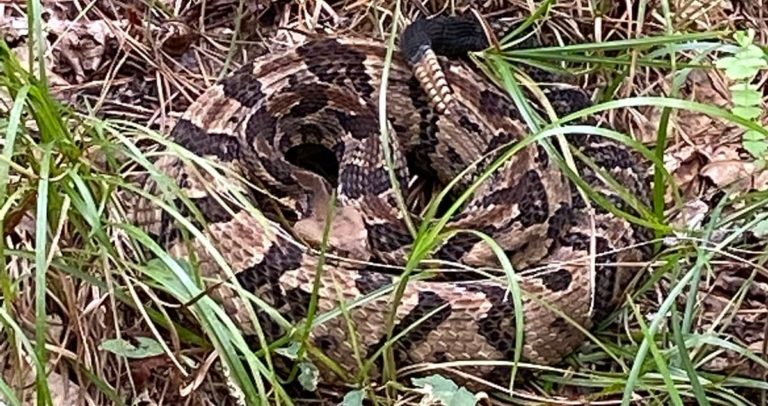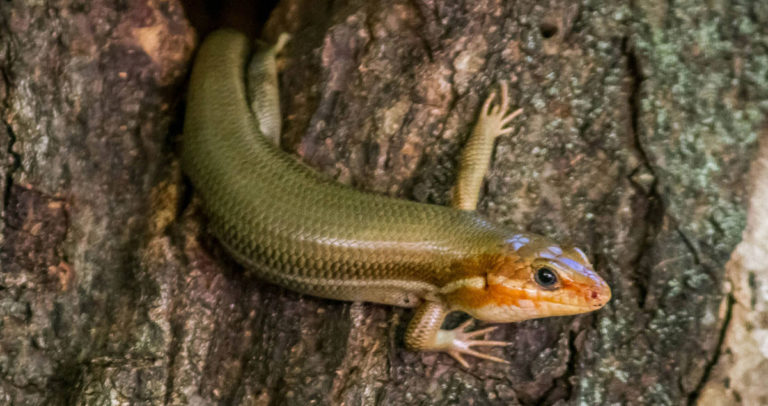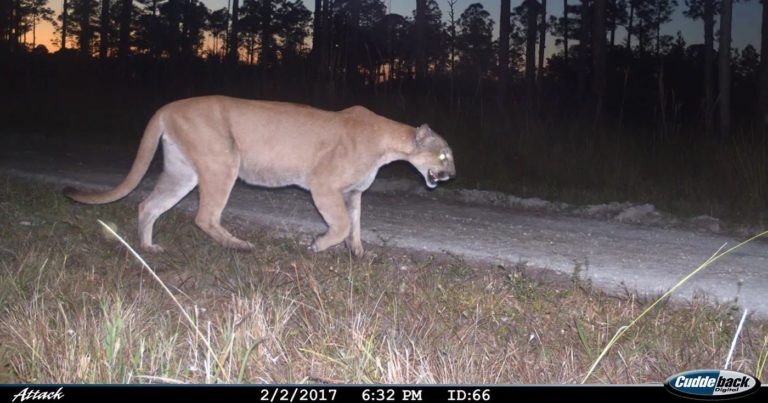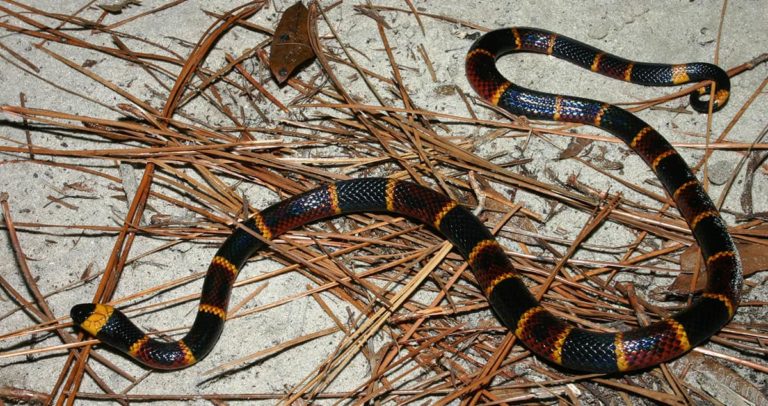The Cottonmouth (a.k.a. Water Moccasin) in Georgia
The cottonmouth, also known as the water moccasin, is one of the six venomous snake species found in Georgia. This article provides an in-depth look at the biology, habitat, behavior, conservation status, and interactions of this fascinating snake with the people of Georgia.
Identification
The cottonmouth (Agkistrodon piscivorus) is a member of the pit viper family (Viperidae). Adult cottonmouths can grow up to 4 feet in length, making them relatively large among Georgia’s venomous snakes. They are best identified by their triangular heads and distinctive white inner mouths, visible when they feel threatened and gape their jaws wide open in a defensive display. Their coloration typically ranges from dark brown to black, with lighter crossbands, though older snakes tend to become almost uniformly dark.
Differentiating Cottonmouths from Harmless Water Snakes
In Georgia, harmless water snakes are often mistaken for venomous cottonmouths, leading to unnecessary fear and persecution of these beneficial reptiles. Water snakes (genus Nerodia) are non-venomous and share similar aquatic habitats with cottonmouths, which can confuse observers.
Key differences include:
- Head Shape: Water snakes have narrower heads with less pronounced distinctions from their necks, while cottonmouths have broader, more triangular heads indicative of pit vipers.
- Eye Pupil: Cottonmouths have vertical, slit-like pupils, similar to a cat’s, whereas water snakes have round pupils.
- Behavior: When threatened, cottonmouths often display their namesake white mouth as a warning, which water snakes do not. Water snakes are also more likely to flee quickly into the water rather than confront a threat.
- Body Shape: Cottonmouths are generally thicker and heavier-bodied, with their bodies visibly tapering towards the tail. Water snakes tend to be more slender and elongate.
Recognizing these differences is crucial not only for safety but also for appreciating the diversity of Georgia’s native wildlife and reducing unwarranted fear towards these harmless snakes. By learning to identify these characteristics, residents and visitors can better appreciate the roles both venomous and non-venomous snakes play in the ecosystem.
Distribution and Habitat
Cottonmouths are commonly found in wetlands, marshes, swamps, and other aquatic environments in Georgia. They prefer habitats with standing or slow-moving water, such as ponds, creeks, ditches, and flooded areas. Their distribution is concentrated in the Coastal Plain region, with occasional sightings in the Piedmont. Although they are usually near water, cottonmouths may travel over land to seek new habitats or food.
Their adaptability to different wetland environments enables them to thrive across a broad range of aquatic habitats.
Behavior and Lifestyle
Cottonmouths are primarily nocturnal but may bask in the sun during the day, particularly in cooler months. They are semi-aquatic, capable of swimming efficiently and hunting both in and out of the water. Their diet includes fish, amphibians, reptiles, birds, and small mammals, as well as carrion.
Unlike some other pit vipers, cottonmouths can be more social, often seen basking or hunting together. During the spring and fall mating seasons, males compete fiercely for mates. Females give live birth to an average of 5-10 young after a gestation period of several months.
Venom and Its Implications
Cottonmouths possess potent venom that can cause significant pain, tissue damage, and other symptoms. Although fatalities are rare, immediate medical attention is required if bitten. Symptoms may include severe swelling, bruising, and tissue necrosis.
Contrary to popular belief, cottonmouths are not aggressive and usually rely on defensive displays or flee when threatened. They will bite only as a last resort.
Conservation Status
Cottonmouths are not currently considered threatened or endangered in Georgia. However, their populations can be impacted by habitat destruction due to wetland drainage, pollution, and urban development. Road mortality and persecution due to fear also pose threats.
Conservation efforts emphasize wetland preservation and public education about the ecological importance of cottonmouths in controlling aquatic and terrestrial prey populations.
Co-existing with Cottonmouths
To coexist with cottonmouths, it’s essential to understand their behavior and respect their habitats. If you encounter one, maintain a safe distance and give the snake space to retreat. They may posture defensively, but will usually swim or crawl away when not cornered.
To reduce encounters around your property, keep the area well-maintained and clear of debris where snakes may seek shelter. When exploring wetlands or dense vegetation, wear sturdy boots and long pants for extra protection.
Final Thoughts
Cottonmouths are integral to Georgia’s wetland ecosystems. Understanding and respecting these remarkable snakes helps ensure their continued survival and the ecological balance they help maintain. Awareness and education can help dispel myths about their behavior and highlight their valuable role in nature.
Frequently Asked Questions
What should I do if I’m bitten by a cottonmouth?
Seek immediate medical attention. Their venom can cause severe symptoms that require prompt treatment with supportive care and antivenom if necessary.
Are cottonmouths aggressive?
No, cottonmouths are not aggressive. They often give warning displays and will bite only if they feel threatened and unable to escape.
How can I support cottonmouth conservation in Georgia?
Support wetland preservation efforts, respect their habitats, and help raise awareness about their ecological importance. Report sightings to wildlife authorities to aid in monitoring populations and planning conservation strategies.

